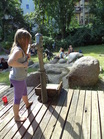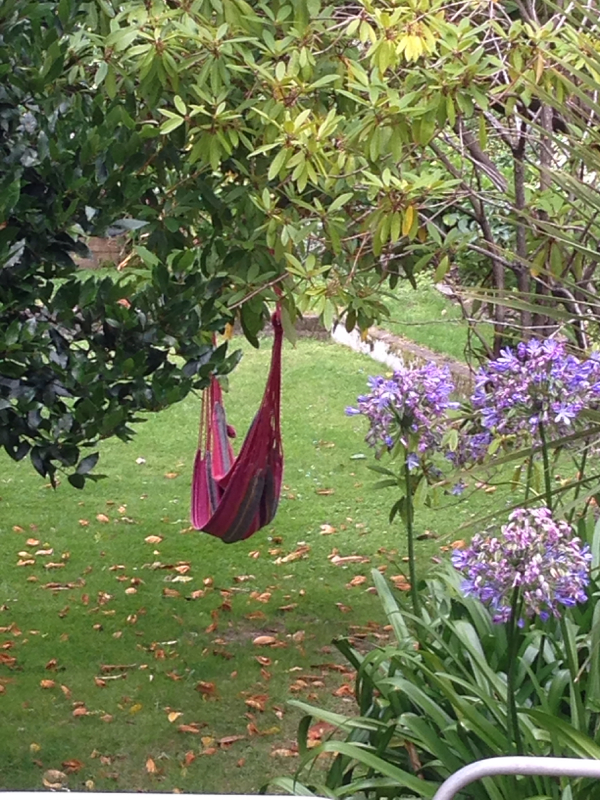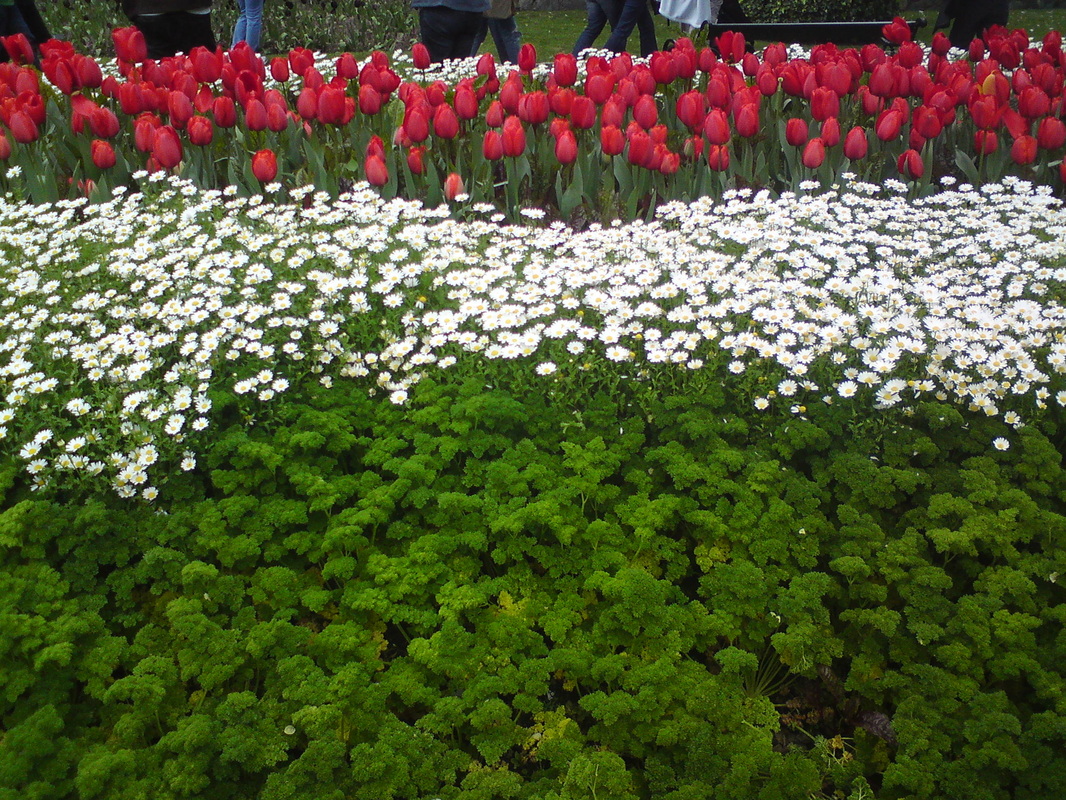Salutogenesis describes a health-promoting, preventative approach. It is the opposite of the standard medical model of pathogenic healthcare which waits until a person is sick and then treats them back to health. We know there is a proven link between environment, design and health. We also know that the incidence of so-called lifestyle-related diseases is rising at unsustainable levels. Landscape architects have a significant role to play in public health as designers and advisers on urban landscapes. Ecologists understand the need for urban nature connection points, but landscape architects understand how to design those into the day-to-day lived experience of a community. Salutogenic landscapes emphasise soil quality, layered wildlife-attracting, biodiverse planting, seasonal variation. They are low-maintenance, but never low-interest, sustainable, cost-efficient. They absorb stormwater, mitigate urban heat island effect. It is generally accepted that “It is a lot pleasanter, and a lot cheaper, to prevent these [mental or physical health] ailments and even cure them in their early stages by getting back at regular intervals to the peace and quiet of the tall trees, the lakes and rivers, the mountains of our wilderness areas, rather than wait until a real illness develops”. (1) Correctly applied, salutogenic design will be a powerful force for future urban health.
1. Selhub EM, Logan AC. Your brain on nature : The science of nature's influence on your health, happiness and vitality. Somerset, United States: Wiley; 2012.








 RSS Feed
RSS Feed